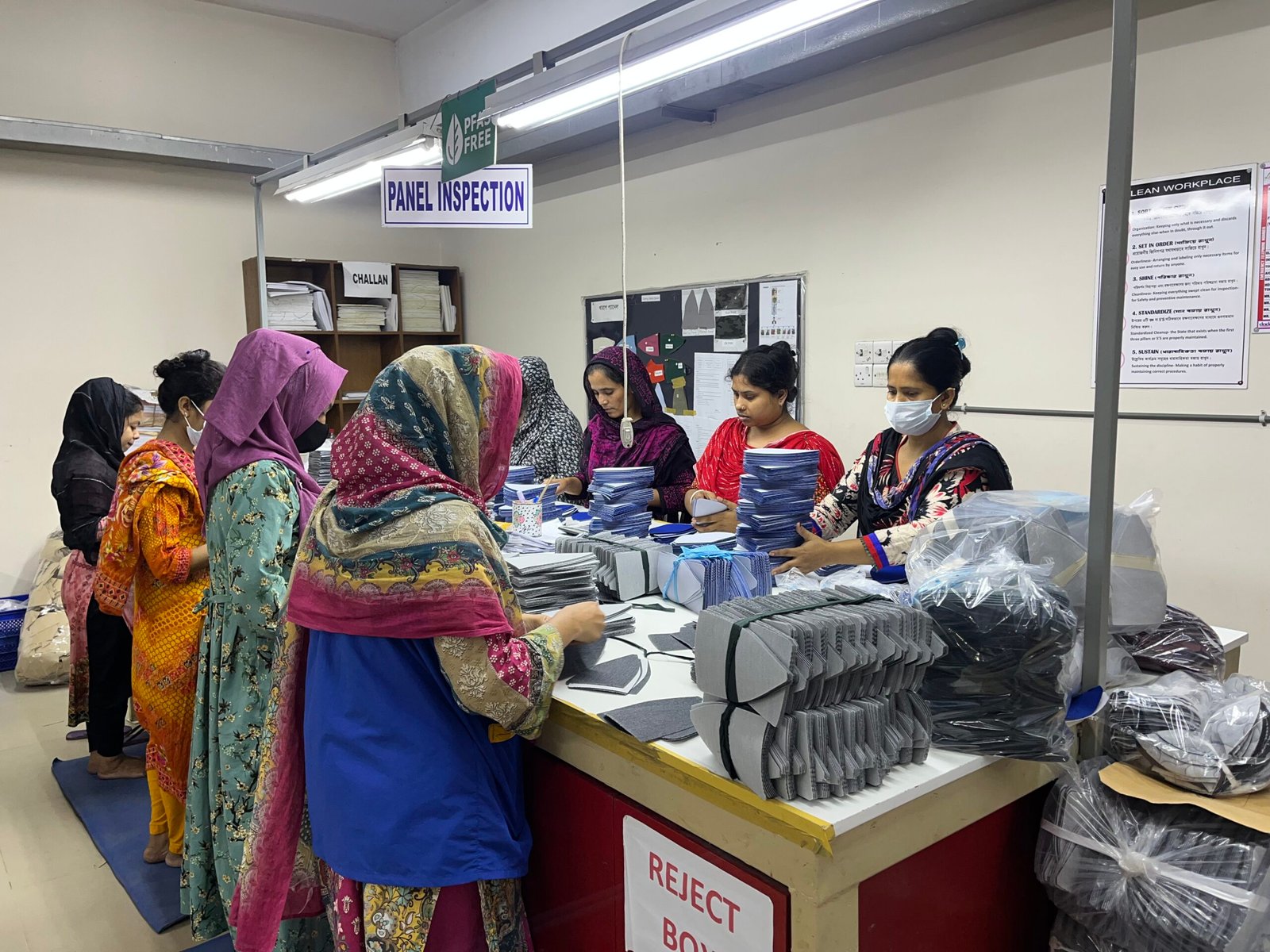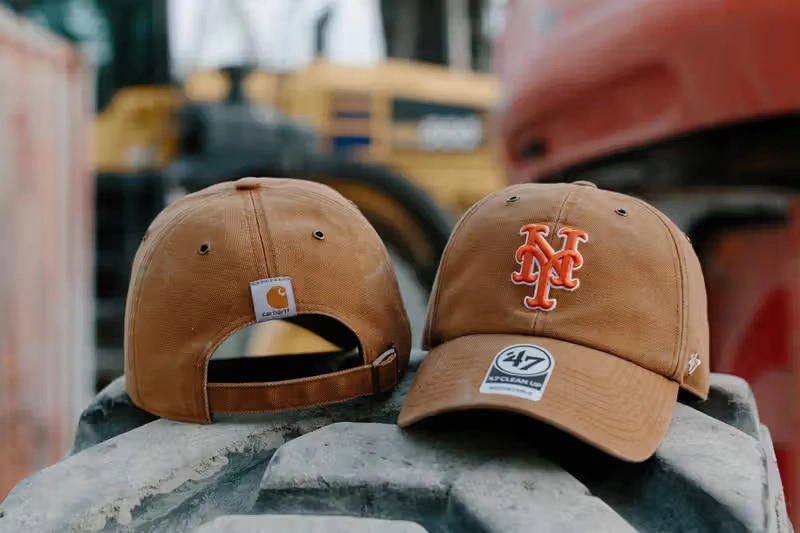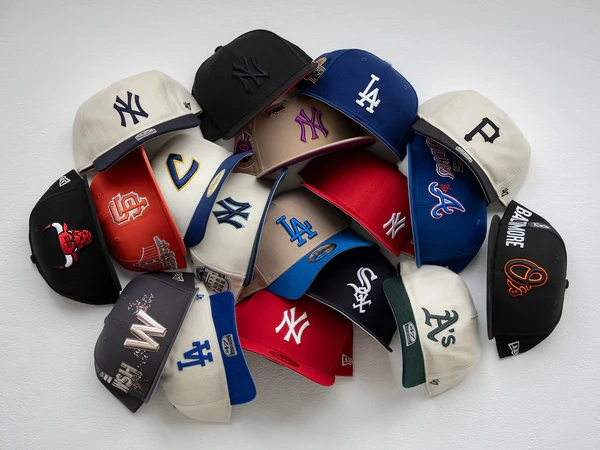Hats and caps have been around for ages, each with its own style, history and purpose. While often used interchangeably, they are different.
This guide goes into the nitty gritty of hats and caps, structure, materials, occasions and cultural impact. By understanding the differences between the two you’ll know what to wear for your style and look.
Let’s get into the world of hats and caps.
Basics
Hats and caps are two different types of headwear. The brim, crown, shade, and style of a hat distinguish it.
Examples of hats are fedoras, cowboy hats and Panama hats. A cap is smaller and has a visor or bill that projects forward. Baseball caps, trucker caps, and beanies are types of caps.
These basic differences in structure and design make each headwear type look and serve differently.

Now that we know the basics, let’s dive into the hats and caps’ history, styles, and occasions.
History
Hats and caps have different historical paths that have led to what we have today as fashion accessories.
Hats go back to ancient civilizations, where they served practical and symbolic purposes. From the headwear of pharaohs to the fancy hats of European nobility, hats have been part of human culture for centuries.
They evolved through different eras, reflecting the trends, fashion, and cultural importance.
Caps, on the other hand, came from military and working-class backgrounds. Initially designed for practical purposes like protection from the elements or identification within groups, caps gradually moved into mainstream fashion. Their association with sports and casual wear cemented their place in modern culture.
Knowing the history of hats and caps gives you valuable insights into their cultural and stylistic evolution, and that’s what we’ll be exploring today.
Hats and Caps Differences
While used interchangeably, hats and caps are different. Knowing the differences is key to what to wear for your style and occasion.
Structure and Design:
Hats have a crown and brim, which is more structured and formal. The crown can be of different heights and shapes, and the brim shades the face. Caps have a smaller, often flat crown and a visor or bill, which is more casual and sporty.
Materials:
Hats are made from felt, straw, wool, or leather, durability, and sophistication. Caps are made from cotton, polyester, or mesh, and they are comfortable and breathable.
Occasions:
Hats have traditionally been for formal events, outdoor activities and cultural attire. Caps are for casual settings, sports, and everyday wear. But both hats and caps have evolved, and their use has become more versatile.
Style and Image:
Hats convey elegance, sophistication, and tradition. They are for formal wear and outdoor activities. Caps are casual, sporty, and youthful. They are popular in streetwear and urban fashion.
Now that you know the differences, you can choose the headwear that fits your style and occasion.
Hat Anatomy
Knowing the parts of a hat gives you insight into its structure, style, and function.
The crown is the top part of the hat that sits on the head. It can be of different shapes. The brim is the part that extends from the base of the crown and shades the face.
Brims can be different widths: wide brims for more sun protection and narrow brims for a sleeker look. The brim can be turned up or down to achieve different styles.
Hats are made from different materials, each with its own properties. Felt is a common material for formal hats, and it is durable and has shape retention.
Straw hats are light and breathable, perfect for summer wear. Wool is warm and insulating; leather is luxurious.

Hat Bands and embellishments add to the hat’s visual appeal and finish, from simple ribbons to intricate designs with feathers, beads, or metal accents.
Knowing the anatomy of the hat lets you appreciate the craftsmanship and design details.
Cap Anatomy
Caps are simpler than hats but have many styles and options. The crown of a cap is lower and less structured than a hat, so it’s more casual and relaxed. Crown styles can be low profile or high profile, depending on the look.
The bill, or visor, is the defining feature of a cap. It projects forward to shade your eyes and face. Bill shapes and sizes vary; curved or flat bills are common. The length and angle of the bill determine the style of the cap.
Closures are key to a comfortable and adjustable fit. Snapback closures have an adjustable plastic snap, and strapback caps have an adjustable strap with a metal buckle.
Adjustable caps often have a plastic closure mechanism for easy size adjustments.
Cap materials depend on the style and function. Cotton is popular for breathability and comfort. Wool is warm and durable; mesh panels are ventilated. These materials make up the feel and performance of the cap.
Now that you know the anatomy of a cap, you can appreciate the design elements that make up the style and function.
Hat Styles
Hats have been around for centuries, and different styles have emerged for different tastes and occasions. There is a huge variety ranging from a fedora, and panama, to many other types.
Let’s look at some of the most iconic and enduring hat styles.
Fedora:
The fedora, a classic, is sophisticated and stylish. It’s versatile for formal or casual occasions. The fedora comes in different styles: the traditional fedora, the shorter trilby, and the lightweight panama, each with its look.

To style a fedora, pair it with specialized trousers and a crisp shirt for a sharp look or a casual outfit for relaxed vibes. It’s a wardrobe staple for the modern man.
Cowboy hat:
From the American West, the cowboy hat is all about rugged individualism and outdoor adventure. With its wide brim and tall crown, it’s great for sun protection and makes a statement.

The cowboy hat is associated with country music and culture but is versatile enough to be worn in many styles.
Panama hat:
Made from toquilla straw, the Panama hat is a breathable option for warm weather. Its elegant design and sun protection make it a favorite for tropical climates.

The classic Panama has a wide brim and a crown like a fedora; it’s sophisticated and relaxed. Pair it with linen suits, shorts, or beachwear for a timeless and easy look.
Other hat styles:
While the fedora, cowboy hat, and Panama hat are the most well-known, other hat styles have their own charm. Top hats were once formal wear; now they’re fashion statements. Bowler hats, popular in the late 19th century, are still classic.
These iconic hat styles have endured; there’s many to choose from for different tastes and occasions.
Cap Styles
Caps have evolved from practical headwear to fashion statements, with many styles for different preferences and occasions.
Let’s look at some of the most popular caps.
Baseball cap: The original cap, the baseball cap, is classic and casual. With its curved brim and adjustable closure it’s versatile for many activities. Baseball caps often have team logos but can also be solid colors or with subtle branding.

Snapback cap: A variation of the baseball cap, the snapback has an adjustable plastic snap at the back. It’s popular in hip-hop and streetwear culture, for a relaxed and edgy look. Snapback caps come in many colors, designs and materials.

Trucker cap: With a mesh back panel and structured front the trucker cap is often for outdoor activities and casual wear. Originally designed for truck drivers it’s now a fashion staple. Trucker caps are breathable and sporty.

Other cap styles: Beyond these popular ones, other cap styles are beanies for winter warmth, and flat caps for a classic and sophisticated look. These cap styles have many options for different personal styles and occasions.
Hats vs. Caps: Which is Right for You?
It all depends on personal style, face shape, occasion, and climate.
Consider the style and the image you want to project. A fedora is sophisticated; a baseball cap is casual. Look at your wardrobe and the types of outfits you wear to see what headwear fits your style.
Your face shape can also come into play. A wide brimmed hat can balance a round face, a baseball cap an oval face. Try different styles to see what looks best.

The occasion and activity dictates the headwear. A formal event is a hat, a casual outing a cap. Consider the sun exposure and weather conditions. A wide brimmed hat is better for sun protection, a breathable cap for warmer weather.
In the end it all comes down to personal preference and individual style. By taking these factors in the account you can choose the right headwear to match your look and yourself.
Conclusion
The choice between a hat and a cap goes beyond personal preference, it’s historical significance, style and functionality. By knowing the differences between these headwear you can make the wise choice based on your needs and wants.
Hats have evolved over time, hats have adapted to trends and cultural influences. Hats are sophisticated and elegant, caps are casual and modern. In the end the right headwear matches your personal style, looks good on you and provides the right level of protection.
Look at your face shape, occasion and personal style and choose the right headwear to boost your look. Whether you go for the classic fedora or the laid back baseball cap, enjoy the variety and style of hats and caps.
Find hats and caps here at Jointop Hat.




